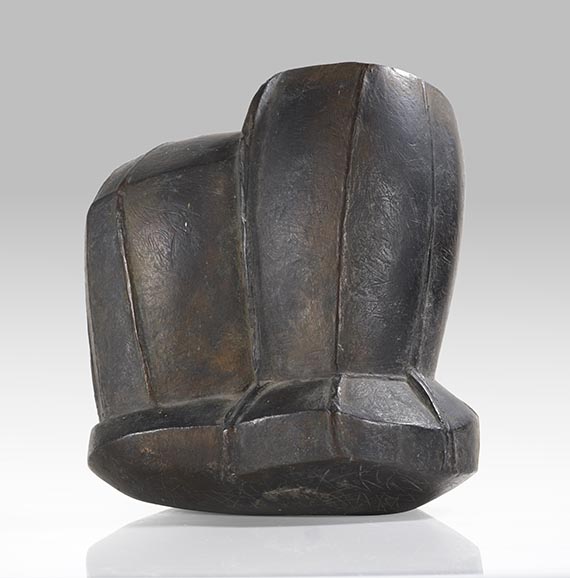
Incunabula
An incunabulum or cradle book is a printed work from the early period of book printing (1450-1500), which was made through the use of individual movable metal type (movable type printing) – a technique that was invented in 1445 by Johannes Gutenberg. The term "incunabulum" is derived from the Latin word "incunabula," which is translated with "cradle” or from "cunae," which can be translated as "diaper." The term indicates that book printing at this time was still "in diapers" or "in the cradle." The term "incunabulum" itself has only been documented in writings starting in the second half of the 17th Century; it has been used as specialized term since the beginning of the 19th Century by collectors and researchers. The term "cradle books" emerged through the loan translation of the term and came into use around 1885.
Many incunabulua, especially those created beginning in 1470, contain illustrations made through woodcuts. They have been printed in editions of several hundred copies each. There are estimations that about 27,000 – 30,000 incunabula (books, brochures, or even individual prints) exist, of which about 500,000 copies have been preserved to this day. The majority of known incunabula were produced in Germany, Italy, and France. Beginning in 1457, books had an added colophon at the end providing information about the author, place, time, and printer. The use of title pages began as of 1465. Incunabula have characteristic printing-technique and typographic properties that reveal the "handwriting" of the respective printer. This property has been increasingly lost over the years with the continual further development of typography. Printed works created after 1500 are called "early prints" or "post-incunabulum."
The best-known and first complete incunabulum was the Gutenberg Bible, printed between 1452 – 1454/56. Of the original 180 copies, 40 have been preserved to this day. The "Biblia pauperum" (1460-61), which is illustrated with 136 woodcuts and was produced by the Bamberg printer Albrecht Pfister, is also considered to be one of the oldest incunabula. Other important works that should be mentioned are Anton Koberger‘s Bible of 1493 and "Schedel’s World Chronicle" from the same year.
Famous printers were Günter Zainer (died in 1478) in Augsburg and Johannes Mentelin (around 1410-1478) in Strasburg. The first known printed catalog of a collection of incunabula was compiled by Johannes Saubert the Elder (1592-1646) for the Nuremberg municipal library under the title of "Historiae bibliothecae reipublicae Noribergensis ( ...) catalogus librorum proximis ab inventione annis usque ad a. Chr. 1500 editorum."
The early creations of graphic reproduction and photography are now also called incunabula.
Related authors: Albertus Magnus | Apian, Peter | Aquinas, Thomas | Brant, Sebastian | Justinian | Livy, Titus | Luther, Martin | Melanchthon, Philipp | Merian, Matthaeus, the elder | Nider, Johannes | Opava, Martin of | Petrarch | Richenthal, Ulrich von | Schedel, Hartmann | Seneca, Lucius Annaeus | Suetonius Tranquillus, Gaius | Vegetius Renatus, Flavius | Vergil | Voragine, Jacobus de

Would you like to sell a work of Incunabula?
Infos for sellerART MARKET:
No items found for this field of interest.





